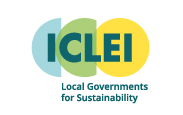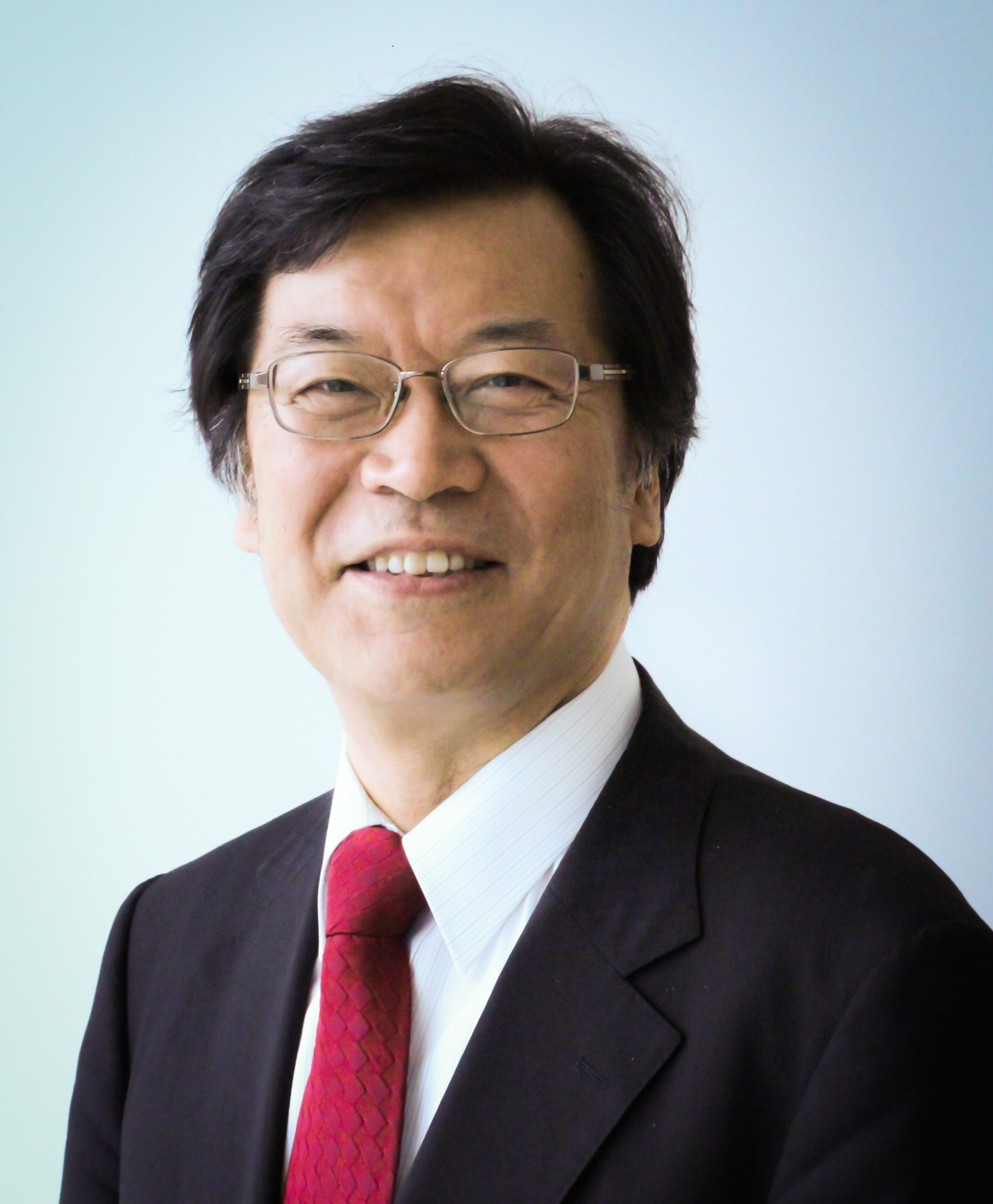Tokorozawa City, Japan
On September 9, Fukushima Prefecture became the 27th local government in Japan to join ICLEI!
Fukushima is actively working toward achieving carbon neutrality by 2050. In terms of nature conservation, Lake Inawashiro within the prefecture was registered under the Ramsar Convention this July, and efforts towards its preservation are progressing. Fukushima decided to join ICLEI out of a strong desire to share its recovery experience and carbon-neutral initiatives with the world, while also building partnerships with cities worldwide.






